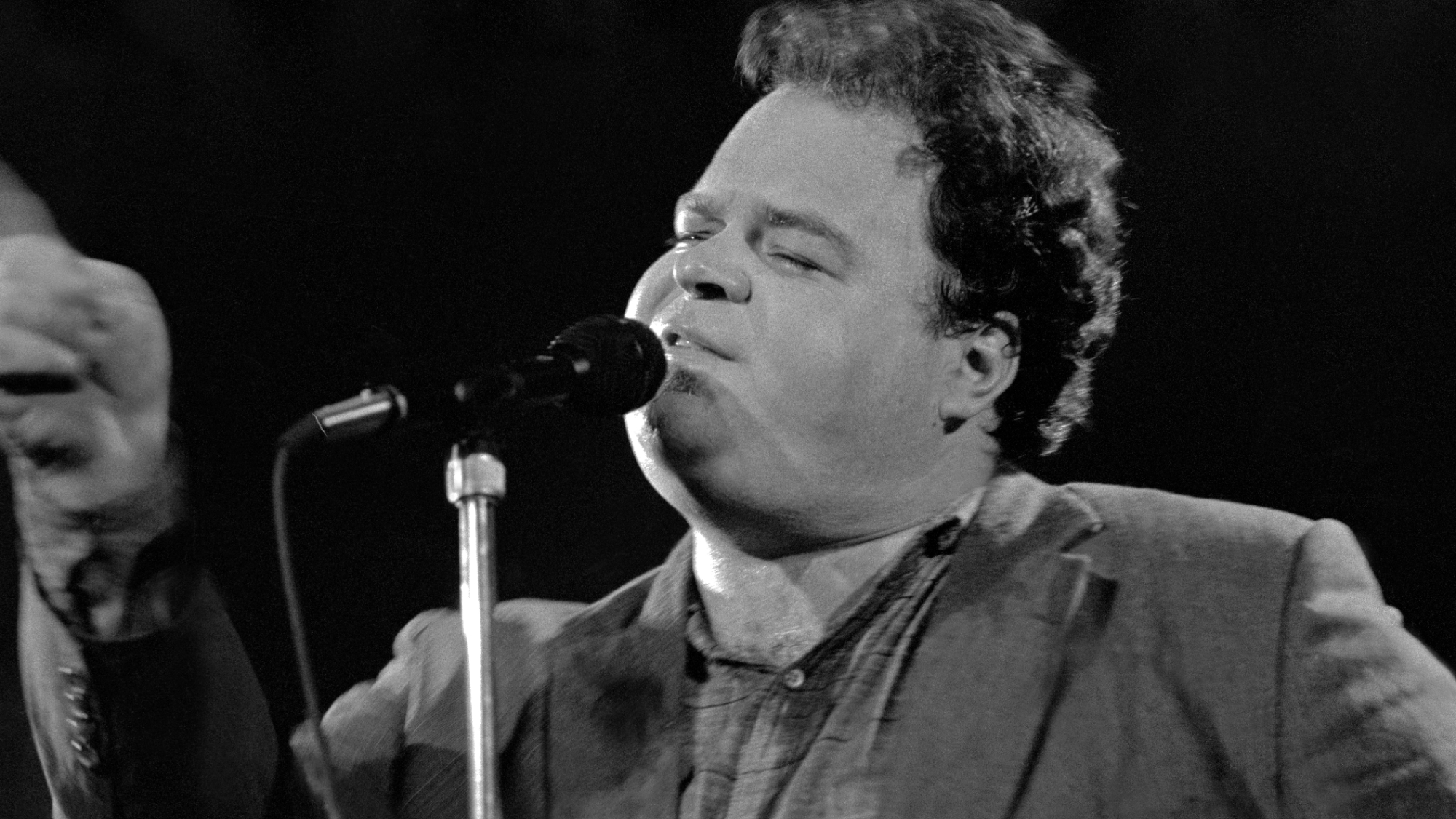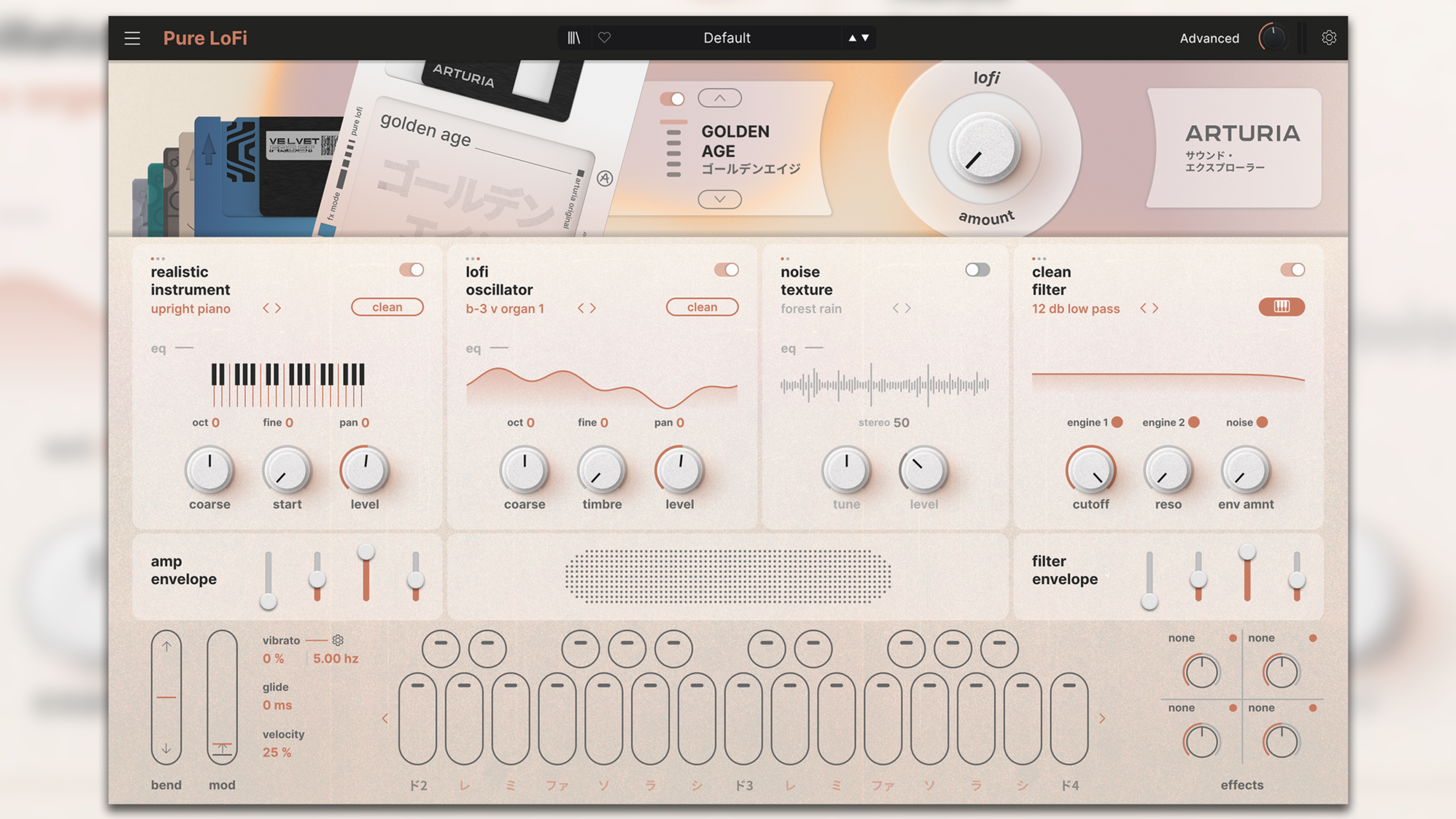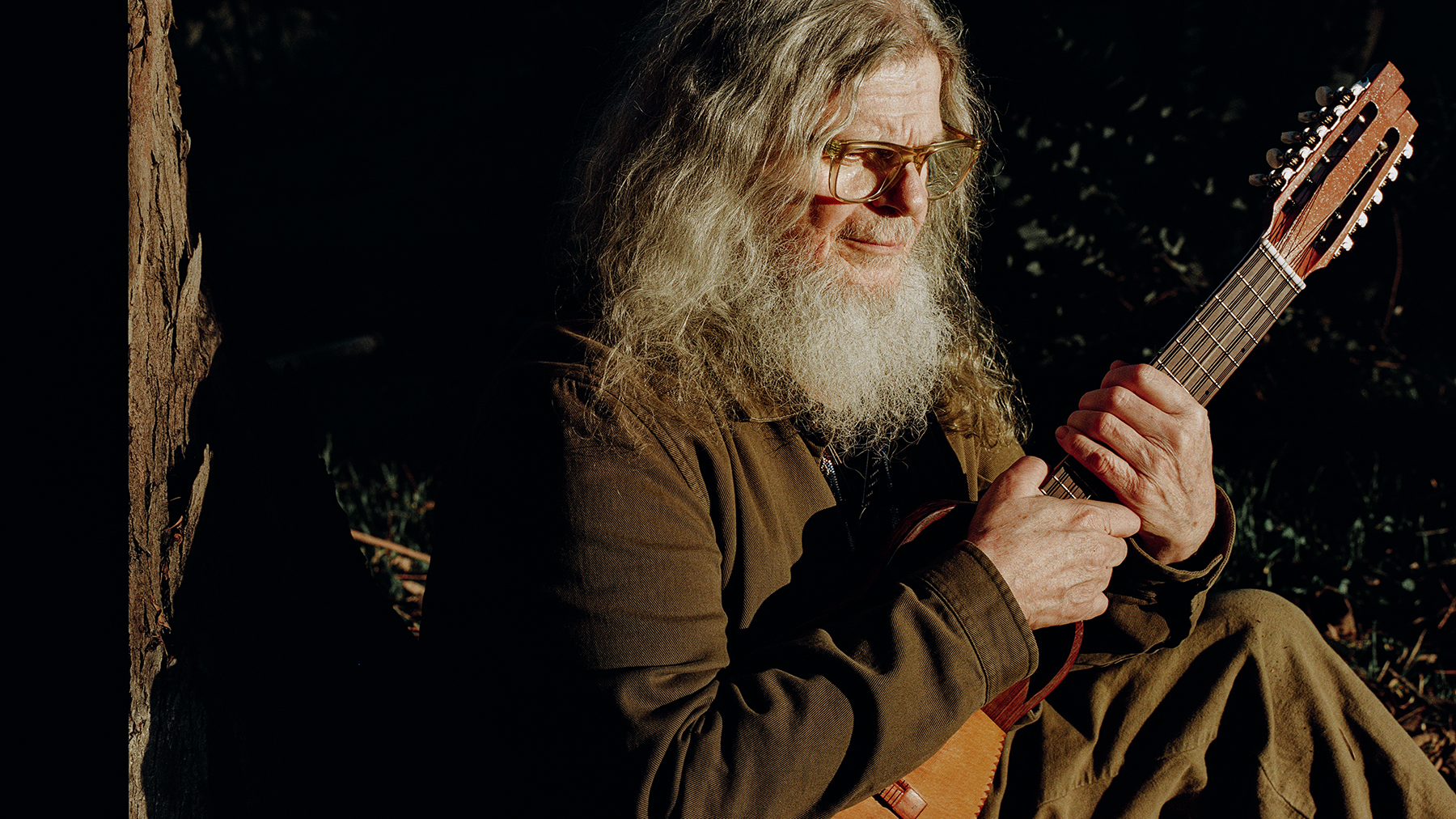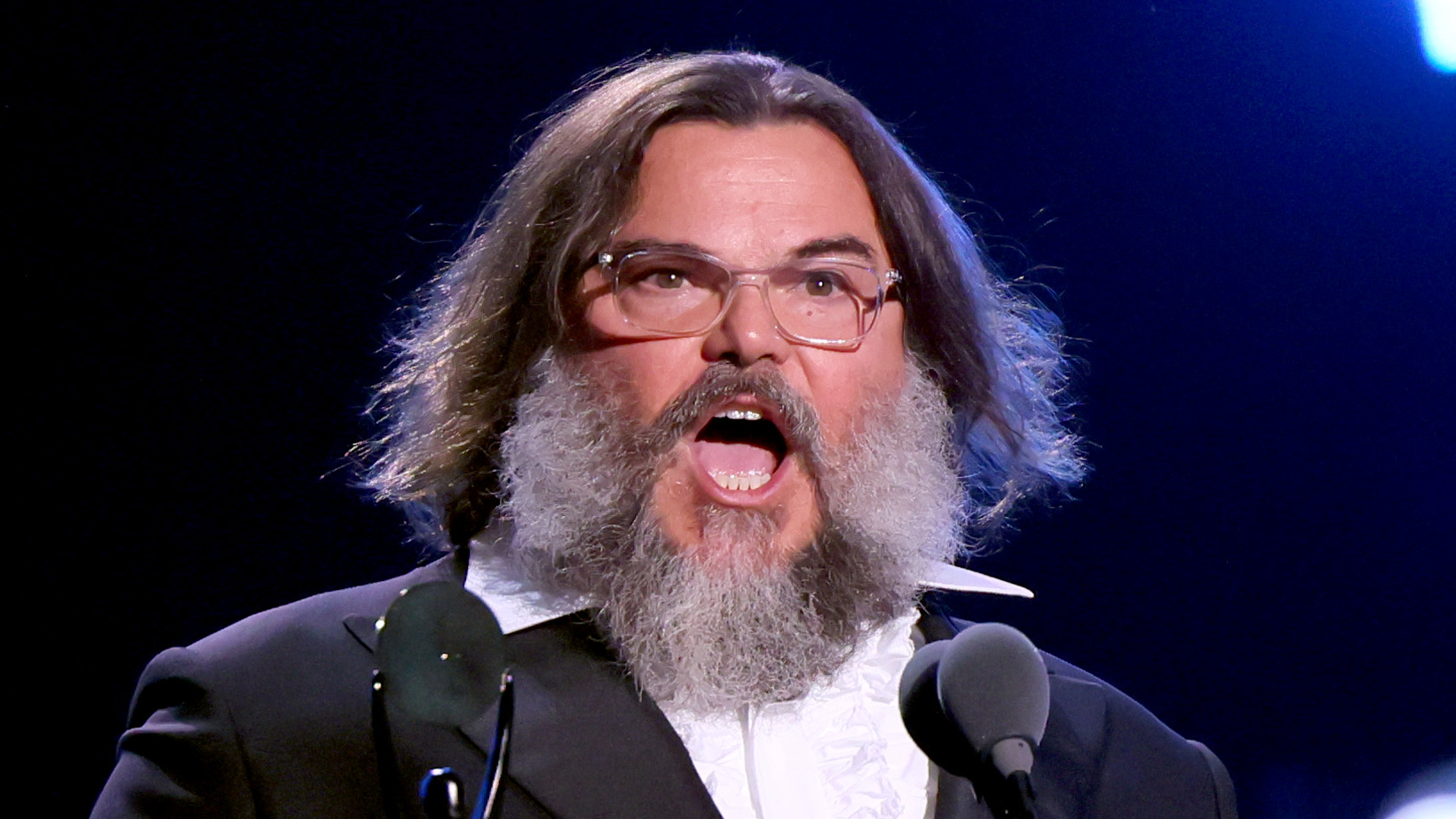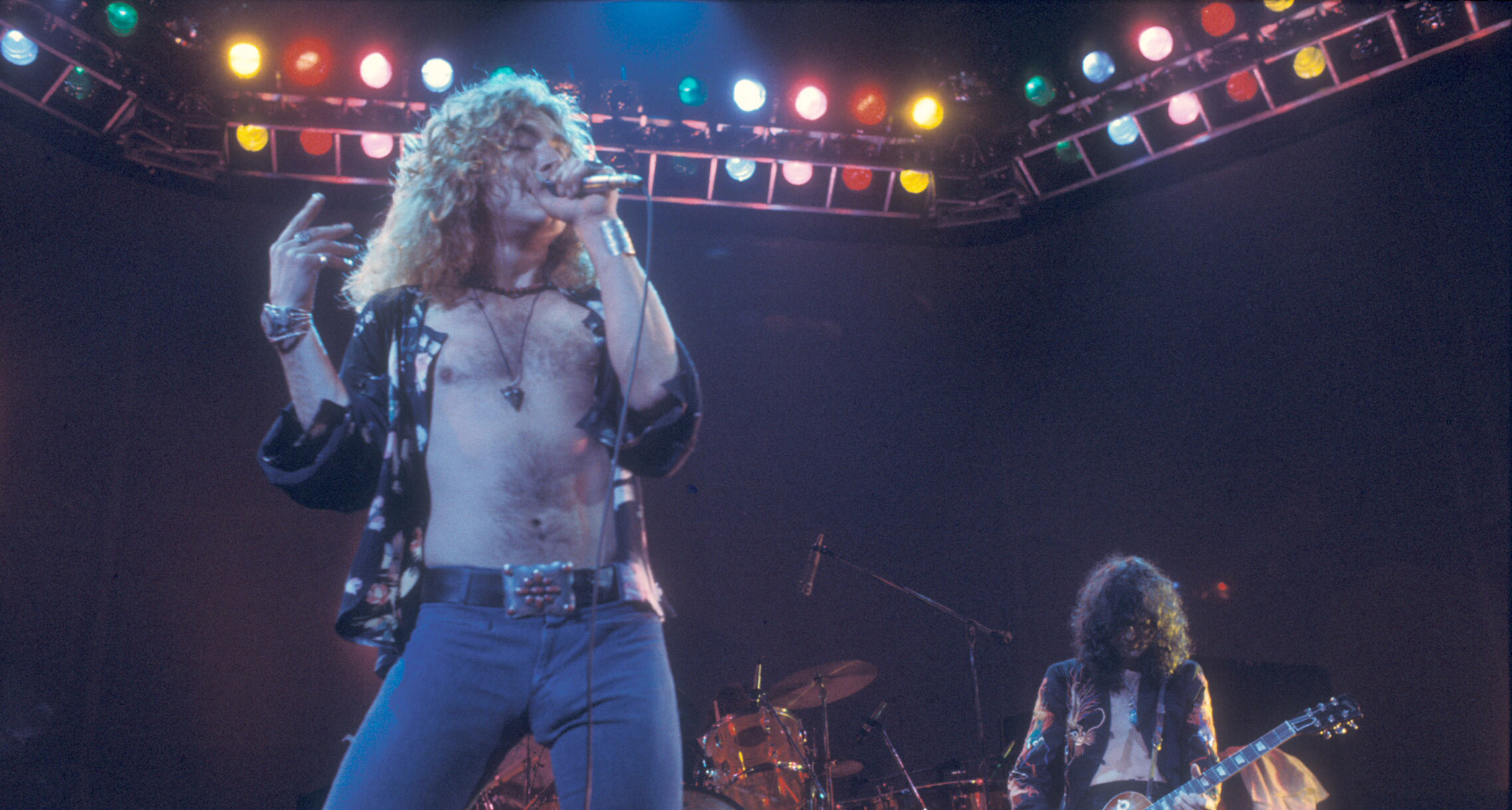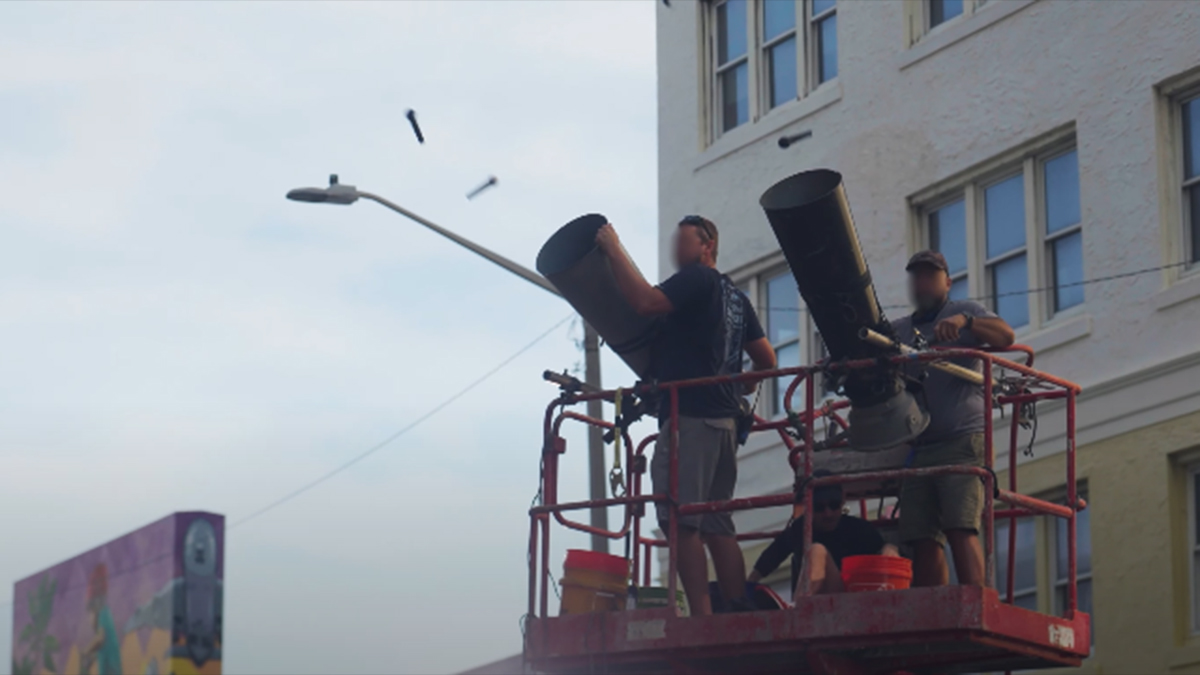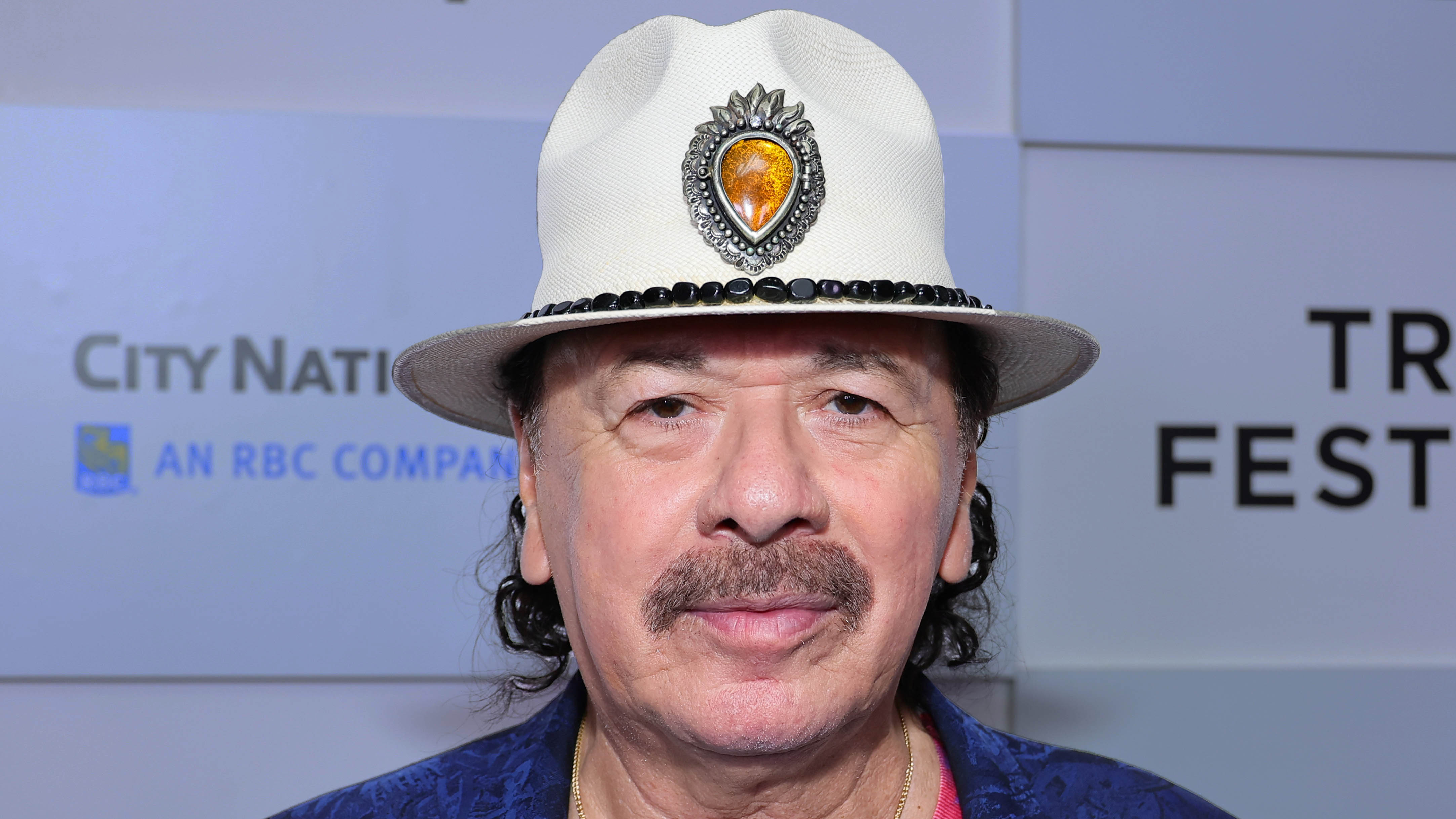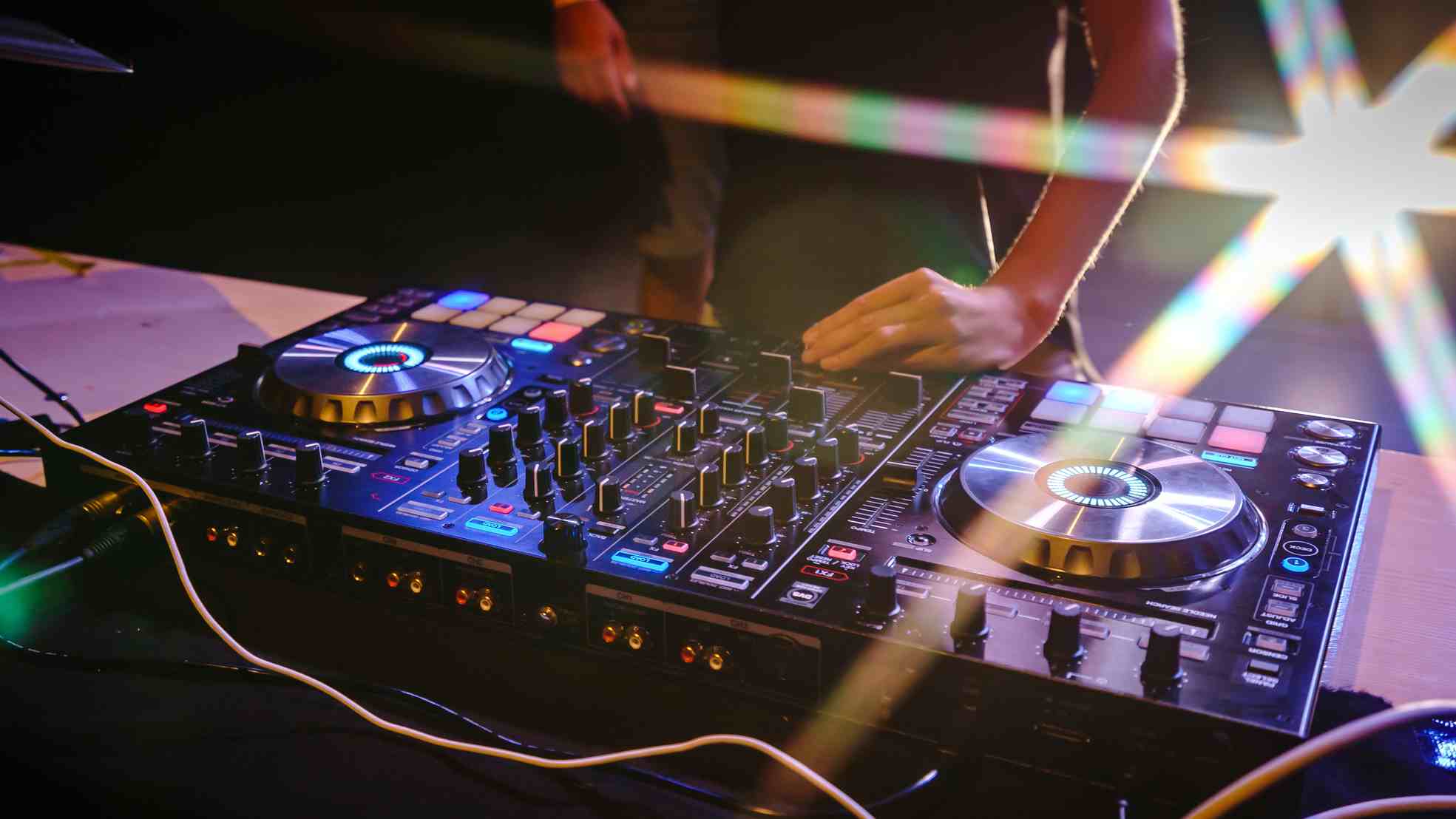“Ironic, self-aware, intimate, DIY... a song that builds power as it unfolds”: The making of Bad Guy, Billie Eilish’s biggest hit
The first single by an artist born in the 21st century to top the US Billboard Hot 100
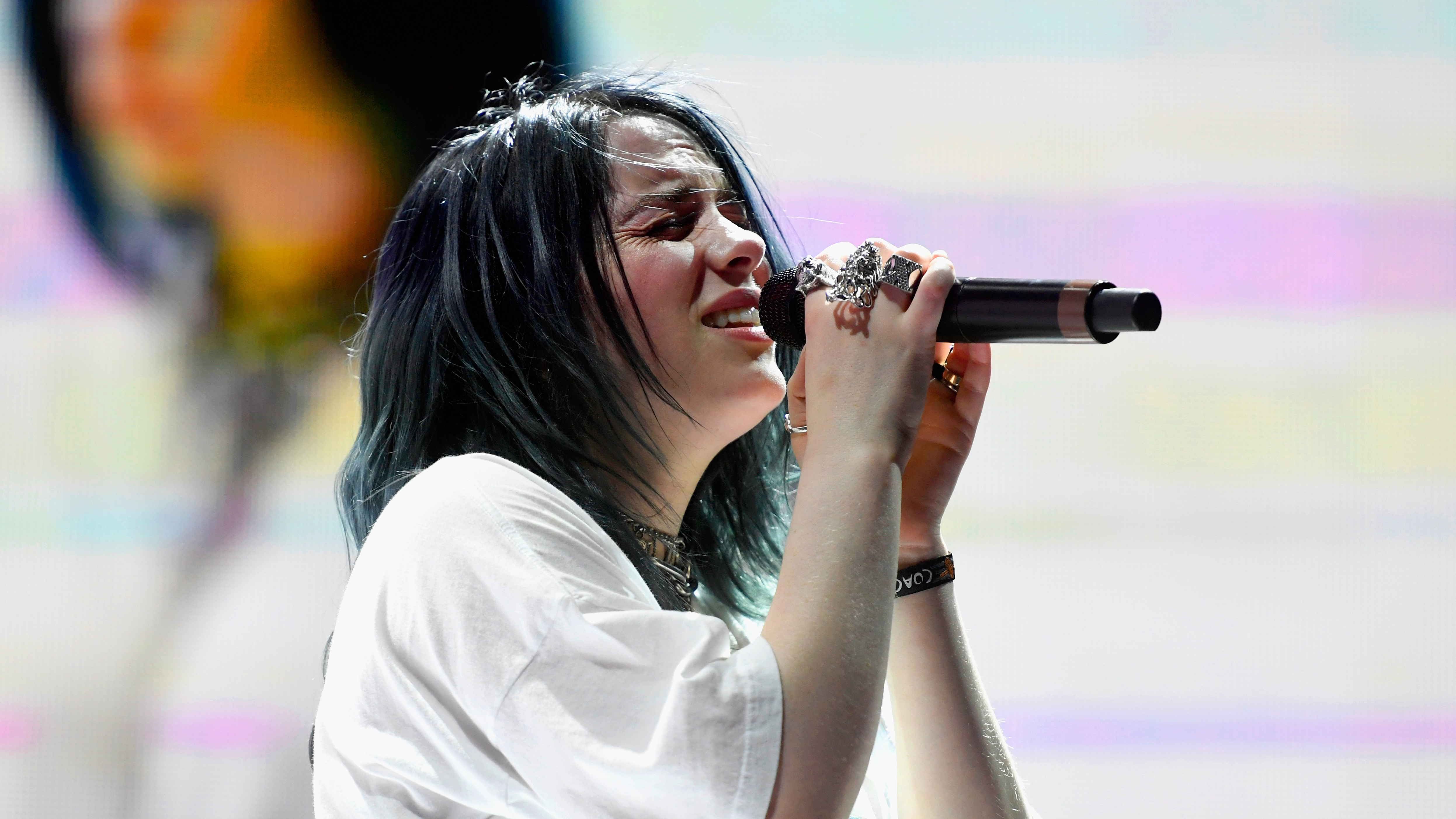
Few releases of the last decade have sparked such levels of anticipation as When We All Fall Asleep, Where Do We Go?, the 2019 debut album by Billie Eilish.
Ever since uploading the track Ocean Eyes to SoundCloud in 2016, the prodigious singer-songwriter from one of LA’s funkier suburbs has been the focus of intense interest.
Eilish was barely a teenager when Ocean Eyes became a viral hit and some questioned whether she would be able to deliver a debut album that lived up to such early promise.
They needn’t have worried. The album showcased an artist of exceptional talent, one who drew on clear influences such as Lana Del Ray and Lorde and yet created a sound and a style that is wholly her own.
When We All Fall Asleep, Where Do We Go? spans a broad arc of genres, from avant pop and electro pop to hip-hop, industrial and trap.
There are dark undercurrents running throughout the album’s 14 tracks, with lyrics inspired by Eilish’s frequent night terrors and her lucid dreams. Horror and humour sit side by side as Eilish’s honest and introspective lyrics explore themes such as drug addiction, heartbreak, contemporary youth, suicide and mental health.
The album yielded seven singles, but it was the fifth of these, Bad Guy, that would really galvanise Eilish’s reputation and drive her mainstream success.
Get the MusicRadar Newsletter
Want all the hottest music and gear news, reviews, deals, features and more, direct to your inbox? Sign up here.
Bad Guy became Eilish’s signature hit and one of the anthems of 2019. It’s a song that shimmers and excites.
Six years on from its release, it is still regarded by many as her greatest song.
No discussion of Billie Eilish’s work would be complete without acknowledging the significant contribution of her brother Finneas O’Connell, four years her senior, who produces and writes with his sister. Theirs is a strong creative partnership, fuelled by their closeness and their mutual respect.
Eilish was born Billie Eilish Pirate Baird O’Connell on 18 December, 2001 in the Highland Park area of Los Angeles, and both siblings were home schooled by their parents, actor and teacher Maggie Baird and actor Patrick O’Connell.
Baird taught her two children the basics of songwriting and they were encouraged to express themselves through art, music, dancing and acting.
“Billie never, ever stopped singing,” Baird told Gayle King of CBS This Morning. “I mean, it was insane. She sang practically before she could talk. She sang everything, everywhere she went, to the point where you’d have to be [whispers], ‘You can’t sing here’.”
At six, Eilish learned the ukulele and at eight joined the Los Angeles Children’s Chorus. At eleven, she wrote her first song at her mother’s songwriting class, a composition about a zombie apocalypse.
Eilish had a loving, stable upbringing but she has spoken openly about her mental health struggles during adolescence and how she suffered from profound clinical depression, anxiety, body dysmorphia and thoughts of self-harm.
In early 2020, Eilish told CBS Mornings that she considered suicide just as she as being hailed as the next big thing in pop music. Eilish explained that she became clinically depressed after her old friends drifted away when she became an overnight success. “I was so unhappy and I was so, like, joyless. I genuinely didn’t think I would make it to seventeen,” she said.
Eilish would channel her experiences into her music. Her brother had been writing and producing for some years and he became her collaborator. The pair began writing and recording, using the DIY studio set-up that he had created in his bedroom.
“Probably 75-80 per cent of the songs are written with us sitting next to each other at a piano or with a guitar, singing a melody together,” he told Jem Aswad of Variety in December 2019. “It's like a relay race – we really feel like we both have to kill our portion of it to get to the finish line.”
The first songs they recorded together were called She's Broken and Fingers Crossed, the former written by O’Connell and the latter by Eilish.
But it was Ocean Eyes, the third song they uploaded to SoundCloud, on 18 November 2015, that would transform Eilish into a phenomenon. Within two weeks of uploading the track, the song had received several hundred thousand streams.
From that moment, Eilish and O’Connell’s lives were transformed. O’Connell’s manager arranged a deal in which Apple Music signed Eilish to A&R company Platoon. Eilish got a publicist, who connected her with the luxury fashion brand Chanel and a stylist. There was a media clamour and it was a compelling backstory – the young singer-songwriter from the LA suburbs who created a viral hit from her brother’s bedroom.
By June 2016, Eilish had signed a record deal with Darker Records and Trauma Interscope. Eilish and O’Connell were a prolific creative powerhouse, releasing a stream of singles such as Bellyache, Bored and Watched.
By the end of 2017, Eilish's team were working directly with Spotify to promote her on the streaming platform’s most popular playlist, ‘Today’s Top Hits’. This kickstarted her commercial success. In February 2018, Eilish embarked on her second headlining concert tour.
That same month, Eilish and O’Connell started work on the album When We All Fall Asleep, Where Do We Go?, still preferring the intimacy of O’Connell’s small bedroom set-up to a professional studio.
“The bedroom has a very specific sound, very tight and intimate and closed and quiet,” O’Connell told Mixonline.com. “I love the way it makes vocals sound.”
Of all the songs on the album, Bad Guy is the one that many still regard as her best. It’s a thrilling, thumping track with high-in-the-mix finger snaps, stacked harmonies, deep looped bass lines and a dark and witty intent.
Eilish’s vocals are syncopated in a pulse-like rhythm with the sub bass. Bad Guy has been variously defined as trap-pop, nu-goth pop, dance pop and electropop. But Eilish and O’Connell blur genres to create a sound that is all their own.
Sonically, Bad Guy’s strength is its minimalism. Space abounds within the mix, which comprises synth bass, amplified finger snaps, 808 bass and a synth riff for the track’s kooky and hugely infectious riff. Eilish’s vocal sound is dry and intimate and her delivery is semi-spoken and close up to the mic.
O’Connell used a broad range of effects on the vocals, such as the so-called ‘rattlesnake’ effect on the line “I’m the bad guy”.
Some effects were achieved via Logic Pro X’s Vocal Transformer plug-in, O’Connell told Mixonline.com. “It’s really good at making a vocal sound crazy and unique. It’s not necessarily the most intuitive plug-in, but if you twiddle the knobs and change some dials, it makes things really interesting. That’s the plug-in I use on Bad Guy for the rattlesnake vocal.”
Bad Guy is a song that is divided into two halves. The first half intros with some spontaneous chat between O’Connell and Eilish as she takes out her Invisalign teeth straightening device. “I have taken out my Invisalign and this is the album,” says Eilish before the two siblings dissolve into laughter.
At 0:14, a catchy synth bass riff and kick drum start up at a pacey 135 bpm, accompanied by low murmuring from Eilish. The main half-spoken vocal enters the mix at 0:28, nonchalant and deadpan. “White shirt now red, my bloody nose/ Sleepin', you're on your tippy toes/Creepin' around like no one knows/Think you're so criminal.” Whispery, stacked harmonies underpin Eilish’s vocal and at 0:42, the fingersnaps enter the mix.
The lyrics find Eilish taunting a lover for being a bad guy before going on to suggest she is way tougher than him. “So you’re tough guy/Like it really rough guy?/Just can't get enough guy/Chest always so puffed guy.”
At 1:14, Eilish utters a casual “duh” – a moment that became one of the most meme-worthy musical events of 2019 – before the strikingly catchy and cartoon-like synth pattern kicks in for the song’s main hook.
40 seconds from the end, the second part of the song kicks in as the whole track lurches into a deep, roaring 60 bpm trap drop.
This was the first element of the song to be written, almost a year before recording began in earnest, and its ground-quaking sub bass came from Eilish. “Billie had just got Logic and was just figuring it out for the first time,” O’Connell told Rolling Stone in December 2019. “[She] had her studio set-up in her bedroom and had her sub woofer on a shelf and the whole thing would, like, rattle chaotically… and that was what sounded cool about it. So once she bounced it out and you put Overload Protection on it… I layered one EQ band, one compressor, another EQ band, another series of compressors, another EQ band and then it sounded like this…”
Eilish also imported “this really cool” hi-hat pattern that underpinned the bass from 2:45 seconds onwards. “When I got that pattern down, I was so pumped,” she told Rolling Stone.
Bad Guy was released on 29 March 2019 and soared to No. 1 in sixteen countries, including the US, Canada, Australia and New Zealand. It became the first single by an artist born in the 21st century to top the US Billboard Hot 100. The song’s success was fuelled by a Dave Meyers-directed music video which featured a bold aesthetic and a compelling, offbeat performance from Eilish.
Sonically and visually, it was abundantly clear that Eilish was a creative force to be reckoned with. For all their efforts to define her sound, music critics largely acknowledged that, in Bad Guy, Eilish and her collaborator brother O’Connell had created something special.
“Gothic-horror aesthetic and a fearsome melodic flair” concluded The Guardian in its assessment of Eilish, while Caitlin White of Uproxx likened Bad Guy to the kind of material released by The White Stripes. "It's the kind of song that builds power as it unfolds,” wrote White, “an anthem imbued with casual fearlessness."
DJ Louis XIV in Variety magazine was equally impressed. “Billie has remade the look of pop success,” he concluded, “ironic, self-aware, intimate, DIY, and paying little mind to dated standards for teen-pop idol-dom.”
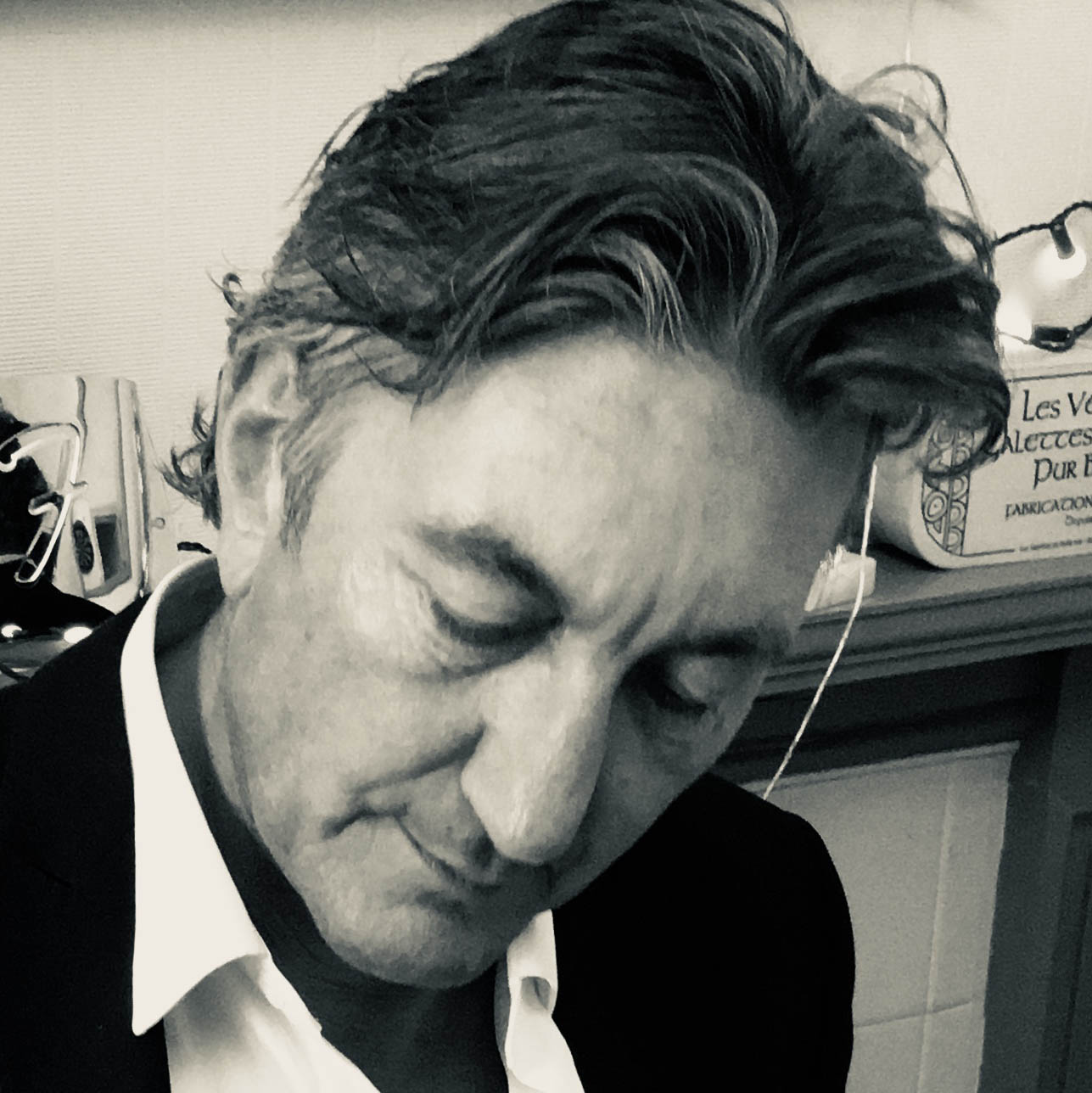
Neil Crossley is a freelance writer and editor whose work has appeared in publications such as The Guardian, The Times, The Independent and the FT. Neil is also a singer-songwriter, fronts the band Furlined and was a member of International Blue, a ‘pop croon collaboration’ produced by Tony Visconti.
“The most musical, unique and dynamic distortion effects I’ve ever used”: Linkin Park reveal the secret weapon behind their From Zero guitar tone – and it was designed by former Poison guitarist Blues Saraceno’s dad
“Nope, it’s real”: Jack Black and Keanu Reeves both confirmed for upcoming Weezer movie

![Billie Eilish - bad guy (Live at Lollapalooza Brazil 2023) [HD] - YouTube](https://img.youtube.com/vi/JyI7jPvZ64g/maxresdefault.jpg)
